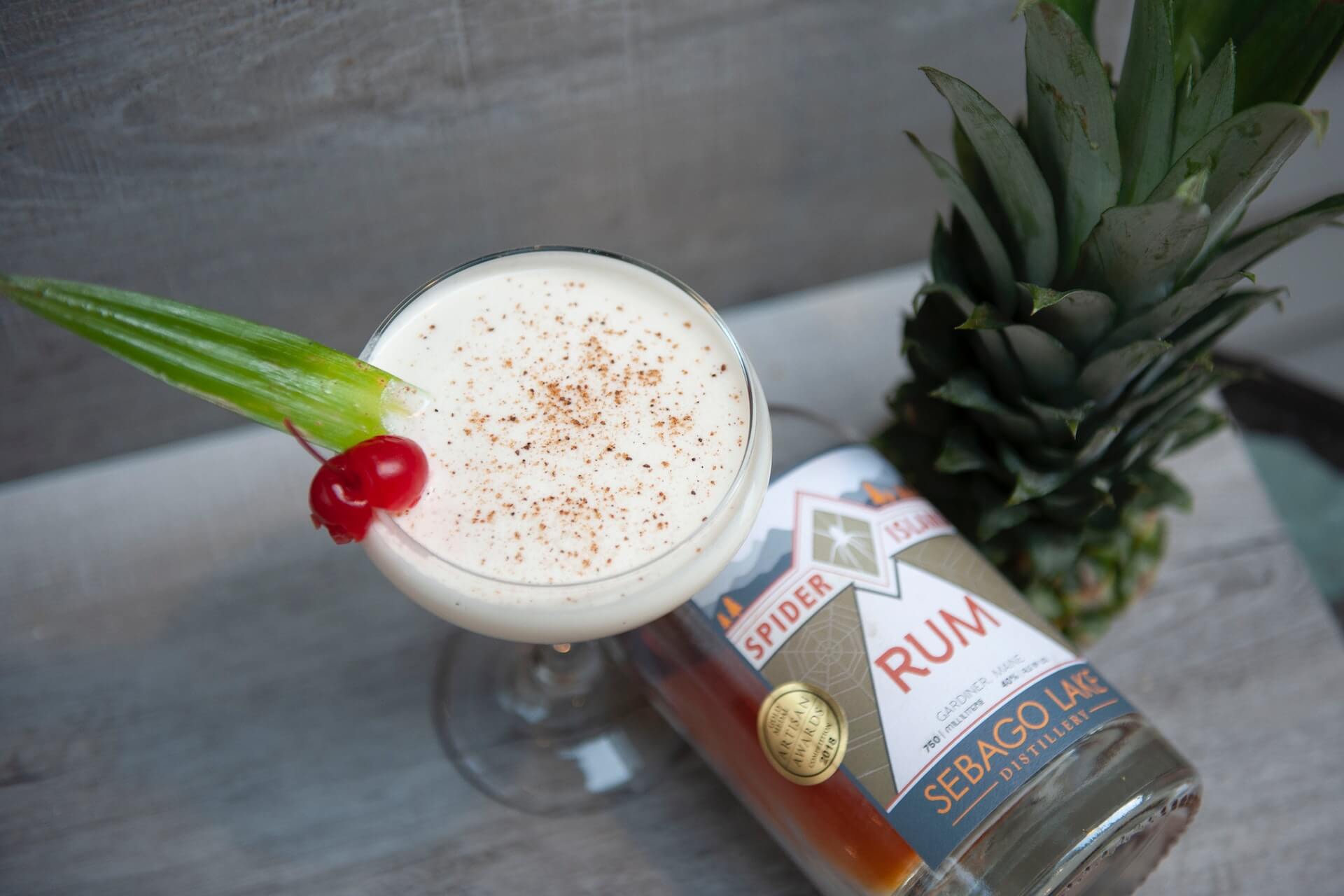Drink Donnybrook: Let’s Talk Rum Punch
by David Klemt

Like this, but at least four times bigger. And made with more than just one spirit.
With National Rum Punch Day coming up on September 20, I think it’s time we shine the Drink Donnybrook light on another classic, large-format drink.
I argue, and I’m likely not the only one, that the legendary Scorpion Bowl is a Rum Punch. That is, of course, if the recipe calls for rum.
Like Rum Punch, a Scorpion Bowl is a large-format cocktail. Both are meant for sharing, and both aren’t exactly known for being “weak” drinks.
Speaking of weak, both can also follow the classic Barbadian rhyme we all know: “One of sour, two of sweet, three of strong, four of weak.”
So, why focus on the Scorpion Bowl specifically on National Rum Punch Day? In part, because it may help you stand out from the crowd. I also argue the name is a bit more attention-grabbing. Additionally, a Scorpion Bowl tells potential guests to gather their friends for a great time.
A Bit of History: Rum Punch
Punch is one of the oldest types of cocktails that we know about. As with myriad classics, it origin proudly wears a shroud of mystery.
However, we can trace written references to punch back to the 17th century. So, we know that punch, as far as a mixed alcohol drink, is at least a few centuries old.
For the most part, British sailors are credited with creating Rum Punch. That means we have to address an unfortunate reality: Rum Punch is, as far as we know, a result of British colonization. As spirits and cocktail historian David Wondrich puts it when talking about punch, “It’s inseparable from the colonial experience.”
Wondrich also addresses the (likely) mythologized belief that “punch” comes from the Indostan word “paunch,” which means “five.” History suggests that East India Company sailors typically made punch with five ingredients: a spirit, sugar, spice, citrus, and water. The sugar trade, pursued by the East India Company, eventually led to rum being the spirit of choice for punch.
In his 2010 book
A Bit of History: Scorpion Bowl
Similar to Rum Punch, there’s a bit of uncomfortable history when it comes to the Scorpion Bowl.
This large-format drink is a classic tiki cocktail. Over the past few years, there has been pushback for bar owners using tiki iconography, and even the word itself. “Nautical” or “tropical” are the preferences for people who feel that tiki is an offensive appropriation of Pacific Island culture in general, and Maori culture specifically.
Do with that information as you will; it’s just a note on how some people view tiki bars, tiki drinks, and tiki culture. It’s important for bar owners and operators to be aware of terminology and themes that may keep some people away.
That said, the Scorpion—the precursor to the Scorpion Bowl—has an origin as muddled as the leaves, simple, and bourbon in a Mint Julep.
To this day, from what I can find, we don’t know the bartender or bar owner who should get credit for the Scorpion. The belief is that they worked behind the stick at a bar in Hawaii called the Hut. As the story goes, the 1930s recipe includes rum, brandy, orgeat, and citrus, and is a large-format drink.
The legendary Victor J. “Trader Vic” Bergeron stopped by the bar in the 1940s and afterward created his own version, the Scorpion Bowl. Oh, and the best part is that even Trader Vic couldn’t decide on a definitive recipe for this shareable cocktail; he changed his recipe constantly.
Rum Punch vs. Scorpion Bowl
Okay, let’s look at these two literal titans of the cocktail world.
Bothare members of the tiki family of drinks, or, if one prefers, the nautical or tropical family. The usual serve for both is a large-format vessel, though individual servings are possible. Rum plays an important role in both, as do citrus and sugar.
In terms of differences, Rum Punch “traditionally” calls for the use of two rums (a light and a dark). When it comes to a Scorpion Bowl, the recipe calls for a rum and a brandy, and sometimes bartenders throw in gin and wine. In fact, I’d say that in the modern cocktail era, a Scorpion Bowl is less about a traditional recipe and more about a tropical-style drink served in a bowl.
What that tells me is this: the Scorpion Bowl is a Rum Punch, if it has rum in it.
So, be different this upcoming National Rum Punch Day and mark the holiday with Scorpion Bowls.
Image: Odeani Baker on Pexels

